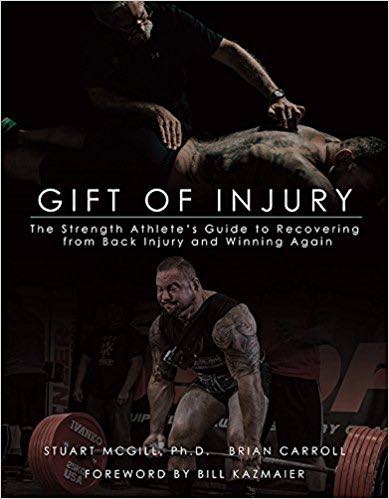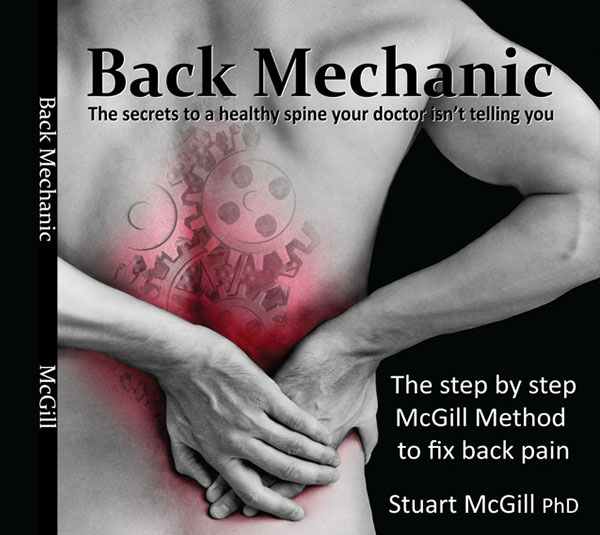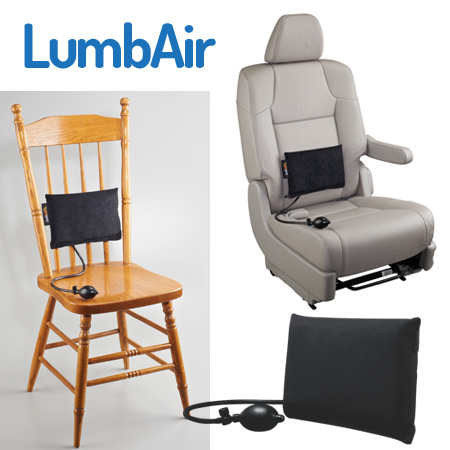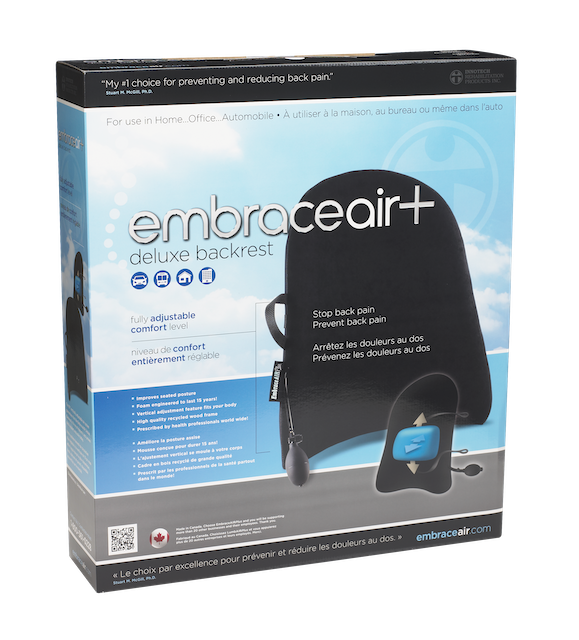24 Oct You’re Not Your MRI: Understanding the Full Picture
Article Rundown
- The MRI only shows a snapshot; real healing is measured by assessment and function.
- A pro football player avoided spinal fusion through desensitization, movement correction, and time.
- His MRI still showed damage, but his pain and symptoms were completely gone.
- Treat the person, not the picture—focus on pain-free movement, not perfect imaging.
Understanding the Full Picture
In many cases, the MRI doesn’t tell the full story. Sometimes, as the body heals, the images improve dramatically. Other times, they hardly change at all—but the person feels and functions far better. That’s because recovery isn’t just about what shows up on a scan; it’s about what the assessment reveals and how movement patterns, posture, and pain triggers are addressed.
If your clinician or therapist is treating the MRI instead of you, they’re missing the point. Disc bulges, annular tears, and bone bruises are often dynamic in nature—they change with the way you move, sit, and load your body. An MRI is just a snapshot taken while you’re lying on your back. It doesn’t capture what’s really happening when you bend, walk, or train.
The Case: A Pro Athlete Facing Fusion
This case involved a professional football player who came to me after years of escalating back pain. He had stabbing, radiating pain down both legs, aching in his lower spine, and nearly constant discomfort no matter what position he was in. The assessment showed intolerance to flexion, extension, and rotation—he couldn’t sit, stand, or walk without symptoms.
When he arrived, surgeons were already recommending a multi-level spinal fusion. The MRI showed major compression and degenerative changes around L4–L5 and L5–S1, with a pseudo joint where the sacrum had fused to the lower lumbar vertebra. Years of heavy loading, bending, and twisting had taken their toll. He had a large disc bulge with an annular tear, bone bruising, and visible inflammation throughout the lower spine.
Instead of rushing to surgery, we started with a desensitization phase—positions of reprieve to calm the pain, virtual surgery from Back Mechanic, and gentle walking. The goal was simple: eliminate painful movement, rebuild confidence, and reduce inflammation without more trauma.
The Follow-Up: Real Change in Two Months
Two months later, we repeated the MRI. This time, the imaging told a different story. The disc bulges had shrunk, the inflammation had reduced, and the bone bruise—though still visible—was healing. His symptoms were gone. No more stabbing or radiating pain. The once-constant ache was replaced with complete pain-free movement.
Nothing “miraculous” happened. What changed was his habits—the way he moved, the loads he stopped applying, and the time he gave his body to recover. The spine had begun to stiffen and gristle, a natural adaptation that stabilizes damaged tissue. That’s not a bad thing. It’s how the body builds resilience after injury.
Even though his MRI still showed disc darkening and minor bulges, his pain was gone. That’s what matters. The MRI showed “damage,” but the assessment—and his daily experience—proved he was healing.
Why the Assessment Matters More
A proper assessment identifies not just what hurts, but why. It connects symptoms to specific postures, movements, and load patterns that provoke pain—something no scan can do. This is where most people and practitioners go wrong: they chase the image instead of the cause. Once the painful movements are identified and removed, the body can finally start healing. As capacity rebuilds, pain decreases, and confidence returns.
An MRI is valuable, but it can’t capture your breathing, your bracing, your walking pattern, or how you hinge at the hips. These are the details that determine whether your spine continues to break down or rebuild.
The Takeaway: Treat the Person, Not the Picture
This case highlights an essential truth: we don’t treat the MRI—we treat the person. MRIs can show bone bruises, stenosis, and herniations that may never cause pain. Others show minimal findings in people who are suffering immensely. The only way to make sense of it is through a detailed, movement-based assessment.
If someone is pain-free, even with “abnormal” imaging, you don’t scare them or sentence them to lifelong restrictions. You teach them to move well, maintain strength, and avoid the habits that once caused their pain. Healing isn’t about chasing a perfect scan—it’s about building pain-free capacity and restoring confidence.
Final Thoughts
MRIs can be valuable, but they’re only one piece of the puzzle. Sometimes they look better, sometimes worse—but the real progress shows in how you move, live, and train day to day. A proper assessment, patience, and intelligent progression will always tell the true story.
Remember: you are not your MRI.










Sorry, the comment form is closed at this time.